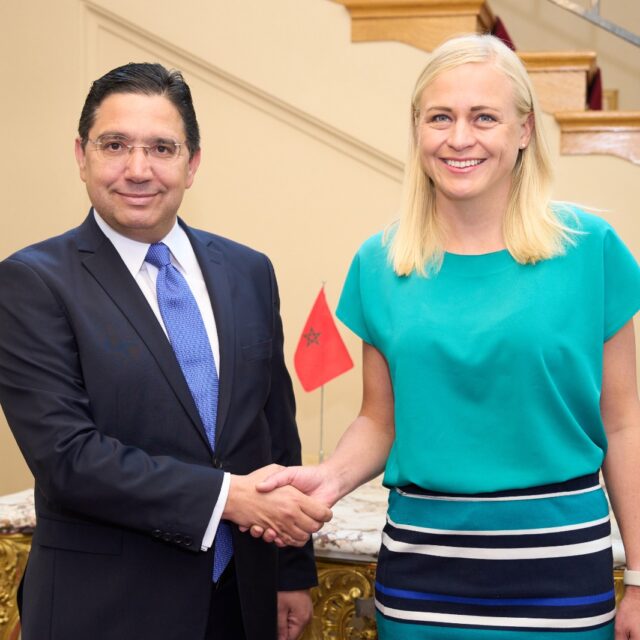In the early hours of 6 June, Russia launched yet another massive air assault on civilian targets in Ukraine – a grim reminder that the Kremlin continues to rely on terror as a core tactic in its war. Although not the most extensive missile strike since the onset of the full-scale invasion, it was by far the most intense for the western Ukrainian cities of Lutsk and Ternopil, which bore the brunt of the attack.
According to preliminary reports, Russian forces launched 407 drones and 44 missiles, primarily from the north. The swarm of drones moved westward in what Ukrainian analysts described as a “creeping offensive” – slow, relentless, and designed to exhaust air defences. This assault was not merely another headline; it was a signal that Moscow remains committed to prolonging the war, using terror against civilians as a tactic to buy time and maintain pressure.
Once again, Ukraine’s air defenders operated at the limits of their capabilities. And once more, those limits were all too real. The Ukrainian military has proven incredibly resilient and resourceful, yet the demand for interceptors and modern air defence systems significantly exceeds the supply. As Ukraine’s partners deliberate over what more they can provide, the painful truth is that every delay leaves entire regions vulnerable. The longer the gaps persist, the more nights like 6 June we are likely to witness.
The problem is compounded by a distinct lack of urgency from some Western allies. One key transatlantic partner has been notably unresponsive for over four months–a situation that does not go unnoticed in Kyiv. Meanwhile, Ukraine continues to defend itself and Europe against a regime that views civilian infrastructure as a legitimate target.
It remains unclear whether European policymakers fully grasp the broader implications of air defence in Ukraine. Establishing a layered, comprehensive air shield across all Ukrainian regions – not just around key cities – is not a luxury; it is a strategic necessity. Russia routinely routes its drones and missiles through Ukrainian airspace. A robust Ukrainian air defence ensures that those weapons never reach Europe’s borders. In short, the better Ukraine’s skies are protected, the safer Poland, Romania, Slovakia, and other EU states will be. Every radar, missile system, and interceptor deployed in Ukraine represents an investment in Europe’s own security architecture. It also sends a message to Moscow that Europe’s periphery will not be breached. This is not about charity; it is about foresight and self-interest.
The daily terror against Ukrainian civilians demonstrates that Moscow is not interested in compromise – it seeks to gain time, regroup, and continue the war. The only route to genuine peace is through pressure: sustained sanctions, diplomatic isolation, and adequate military support for Ukraine.
Ukraine continues to operate strictly in accordance with international law. Under Article 51 of the UN Charter, it possesses the sovereign right to self-defence. Ukrainian forces target only lawful military objectives within Russian territory, responding to missile and drone attacks that breach every principle of humanitarian law.
Three months ago, Kyiv formally proposed a full and unconditional ceasefire. Russia ignored it. Instead, it issues ultimatums, blames Ukraine for the lack of peace, and escalates terror. Let there be no confusion: only one party refuses a peaceful resolution – and that is the Kremlin.
For European governments, the message should be clear: supporting Ukraine is not merely the right thing to do; it is absolutely necessary. Every day of hesitation prolongs suffering, weakens deterrence, and emboldens Russia’s war machine. There is still time to act. However, action must be timely, adequate, and strategic. Ukraine does not just need help; it needs Europe to understand that its fight is Europe’s too.




